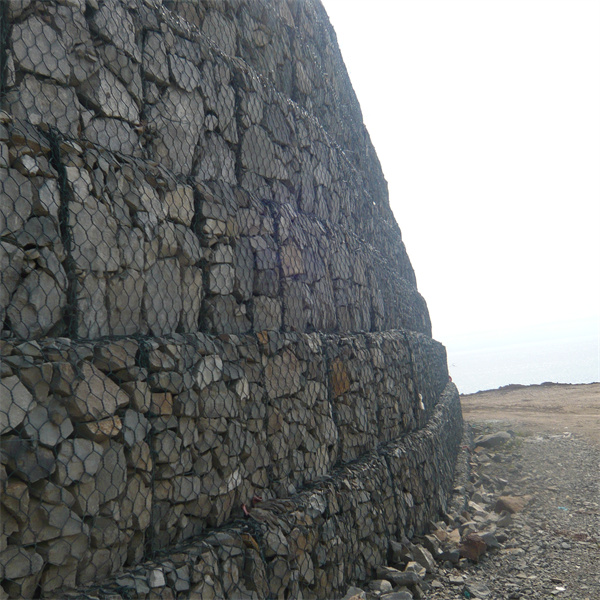సెప్టెం . 19, 2024 00:05 Back to list
homemade gabion wall
Building a Homemade Gabion Wall A Step-by-Step Guide
Gabion walls, made of wire mesh filled with stones, have gained popularity in landscaping and erosion control due to their durability and natural aesthetic. Constructing a homemade gabion wall can be a fulfilling DIY project, enhancing your outdoor space while providing functional benefits. This article will guide you through the necessary steps to build your own gabion wall.
Materials Needed
1. Wire Mesh Use galvanized steel or welded wire mesh. The size of the mesh will depend on the stones you plan to use. 2. Rocks or Stones You can use a variety of materials, from river rocks to crushed stone. Ensure they fit through the mesh openings. 3. Stakes or Posts For securing the gabion wall in place during construction. 4. Tools Wire cutters, gloves, a shovel, and a level are essential for the project.
Planning Your Gabion Wall
Begin by determining the purpose and location of your gabion wall. Common uses include - Erosion control Stabilizing soil on slopes or riverbanks. - Landscape design Serving as a decorative feature in gardens. - Retaining wall Supporting soil in elevated areas.
Once you’ve decided on the location, measure the area to determine the dimensions of the wall. A typical gabion basket size ranges from 3 feet long by 1 foot wide and 1 foot high, but this can vary based on your needs.
Construction Steps
homemade gabion wall

1. Prepare the Site Clear the area of any debris, grass, or plants. Level the ground to create a stable foundation for your wall. 2. Assemble the Wire Mesh Cut the wire mesh to your desired size. Form the mesh into a rectangular shape and secure the edges together with wire ties or brackets, ensuring it maintains a strong structure.
3. Placement Use stakes or posts to hold the gabion basket in place while you fill it. Make sure it is level and aligned according to your plan.
4. Fill with Stones Begin filling the mesh basket with your chosen stones. Add larger stones at the bottom for stability and fill in gaps with smaller stones. This not only provides strength but creates a visually appealing design.
5. Close the Basket Once filled, fold the open side of the mesh and secure it with wire ties or clips. Ensure that it is tightly closed to prevent any stones from spilling out.
6. Repeat If you’re building multiple baskets, repeat the process for each one, ensuring they fit tightly against each other for a cohesive appearance.
Maintaining Your Gabion Wall
Unlike traditional walls, gabion walls require minimal maintenance. However, it’s essential to inspect them periodically for signs of erosion or shifting. Regularly check that the stones remain secure and that the wire mesh has not corroded.
Building a homemade gabion wall is not only a practical solution for soil erosion but also a creative way to add character to your landscape. With the right materials and steps, you can create a stunning wall that will stand the test of time while harmonizing with nature. So gather your tools and get started on this rewarding project!
-
The Role of Galvanized Gabion Mesh in Riverbank Protection
NewsJun.26,2025
-
The Role of Gabion Basket Raised Bed in Sustainable Gardening
NewsJun.26,2025
-
Quality Assurance of Wire Mesh Gabion Baskets
NewsJun.26,2025
-
Installation Guide for Welded Gabion Box
NewsJun.26,2025
-
How to Choose the Right Gabion Box
NewsJun.26,2025
-
Different Types of Gabion Wire Mesh
NewsJun.26,2025
-
Why PVC Coated Gabion Mattress Is the Best Solution for Long-Term Erosion Control
NewsMay.23,2025






